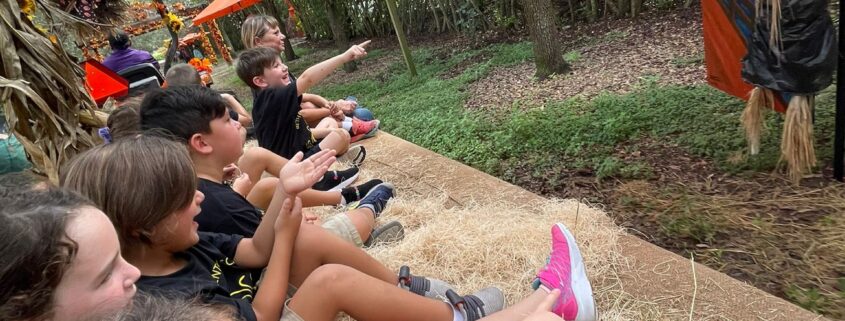Teaching Gratitude: Developing Grateful Learners
“Gratitude is the inward feeling of kindness received. Thankfulness is the natural impulse to express that feeling.”
The season of Thanksgiving is a time to reflect on all we are grateful for and to think about how we can express gratitude throughout the year. For many of us, it is also a time of tradition when we gather around the dinner table to enjoy our favorite foods and share stories from the past year.
Research shows that gratefulness is an emotion that is often overlooked, but it’s very important! Feeling grateful has been linked to increased levels of happiness and satisfaction in life. It can also help reduce stress and anxiety and promote positive social relationships.
One of the most important life lessons we can teach our children is gratitude. Gratitude teaches us to be thankful for what we have, even when life is tough. It helps us be more optimistic and can make us happier overall.
In elementary and middle school, gratefulness can be taught in several ways. Developing grateful learners involves teaching them to recognize the positive aspects of their lives and to show gratitude for those things.
One way to do this is by having children write thank-you letters to people who have helped them in some way. This could be a teacher, family member, friend, or anyone else who has made a positive impact on their life. Not only will this help your child to express their gratitude, but it will also encourage them to think about all the good people in their life. This allows children to express their gratefulness and recognize how other people have contributed to their successes.
Another way to teach gratitude is to have children keep a gratitude journal, where they write down things they are grateful for every day, or you can even make a gratefulness jar with your child where everyone writes down something they’re thankful for each day. This can help students learn to focus on the positive aspects of their lives rather than the negative.
Teaching your children about self-gratitude is also very important. It’s just as important to be grateful for ourselves and what we have to offer as it is to serve others or express gratitude for what we have. Let your children know that gratitude works both ways and that being appreciative of personal characteristics or accomplishments isn’t egotistical.
Finally, teaching gratefulness to children involves conversations about gratitude, such as discussing what they are grateful for in life and why. This helps children recognize that material possessions are not the only things worth being thankful for. By cultivating grateful learners at a young age, children can learn to appreciate everything they have in life and develop positive attitudes toward gratefulness.
Through these methods of expressing gratefulness, teachers and parents can help their students or children become thankful learners. Doing so will help them lead fulfilling lives full of appreciation for the people and things around them. Ultimately, teaching gratefulness is an important lesson to convey and will benefit children in their personal growth and development.
Beth Emet Middle School starts by setting a grateful tone in the classroom and models gratitude for the smallest positive things. When students see their teachers being grateful, they are more likely to adopt that mindset themselves. Gratitude is a valuable life skill that Beth Emet Middle School encourages its students to develop. When students are grateful, they are more likely to be happy and fulfilled in life.




